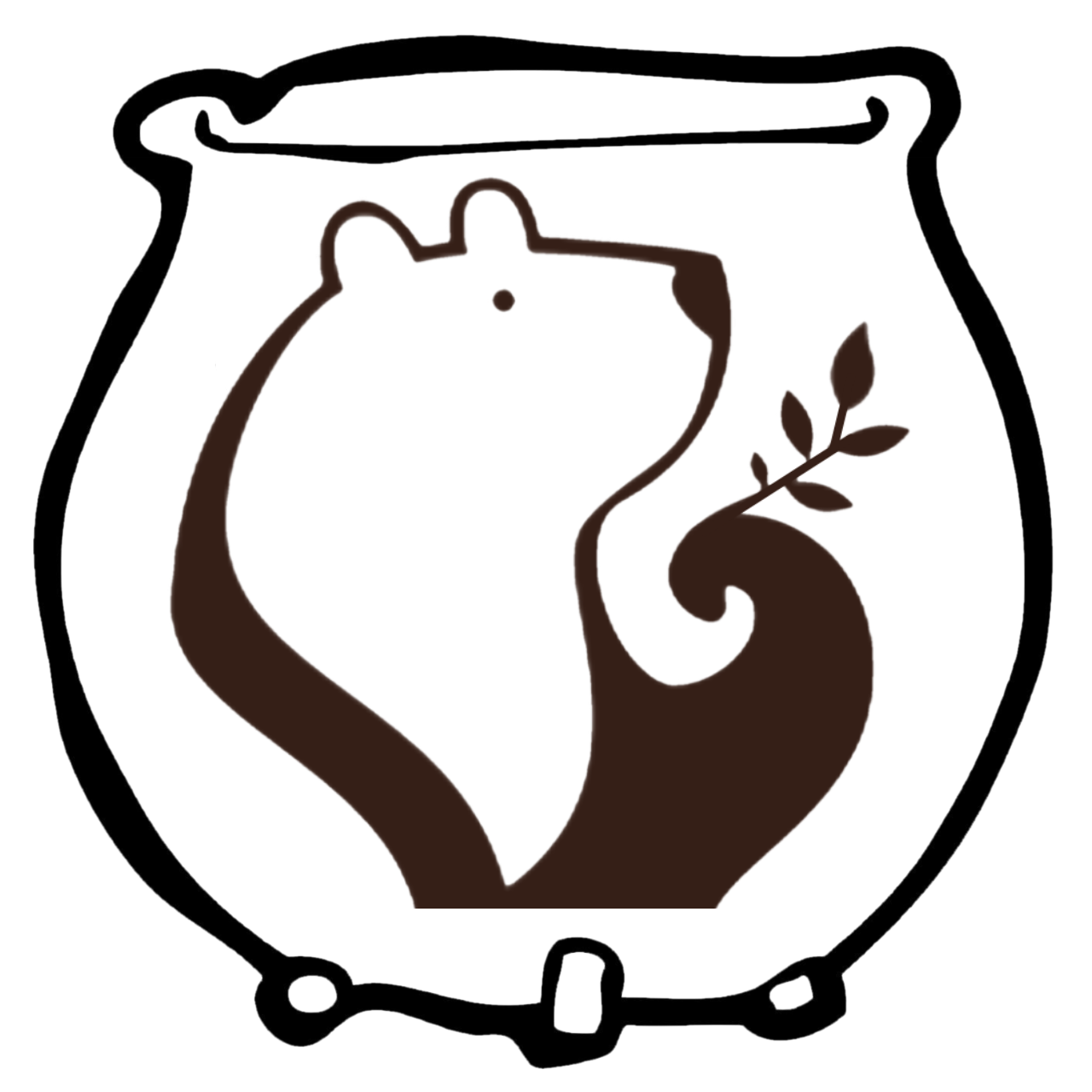Rosemary
The Dew of the Sea
For the sake of some things
That be now no more
I will strew rushes
On my chamber-floor,
I will plant rosemary
At my kitchen-door.
For the sake of dim things
That were once so plain
I will set a barrel
Out to catch the rain,
I will hang an iron pot
On an iron crane.
Many things be dead and gone
That were brave and gay;
For the sake of these things
I will learn to say,
“An it please you, gentle sirs,”
“Alack!” and “Well-a-day!”
Rosemary, AKA old man, is much like his namesake. His name comes from the Latin for “dew” (ros) and “sea” (marinus), giving him the feeling of an old seasoned sailor. He is native to dry scrub and rocky places along the sea, and his personality really shows that. His branches have an ash-coloured scaly bark and bear opposite, narrow, leathery, and thick leaves. A woodsy cousin to mint, his leaves are dark green with a perpetual light grey stubble. A prominent vein in the middle of each leaf is reminiscent of the stress lines in his forehead. He wears his history as well as his strength. His flowers are small and pale blue. He only blooms on last year’s growth. Like the storyteller he is, he weaves his experiences into tall tales. He is most fragrant when he is in bloom with a pungent odour that is somewhat camphoraceous. This old man remembers everything. Still, his reminiscence is calming and cleansing. He has no desire to hold old faults against you. In fact, he only brings them up if they enrich a great story.
The Magic of Rosemary
Correspondences
Element: Fire
Gender: Masculine
Sabbat: Yule, Beltane
Planet: Sun
Chakra: Root
Spellwork
Protect
Remember
Clean
Think
Honor
Proverb
French: Where rosemary grows the wife wears the trousers.
The Medicine of Rosemary
Ayurvedic
Ayurvedic Name: Rusmari
Vata: Pacify
Kapha: Pacify
Pitta: Increase
Taste: Pungent
Herbology
Circulatory Stimulant
Antidepressant
Nervine
Antispasmodic
Cholagogue
Carminative
Antimicrobial
Antiseptic
Antioxidant
Rubefacient
Diaphoretic
Analgesic
Anti-inflammatory
Diuretic
Emmenagogue
Infusion: 1 cup of boiling water to 2 tsp herb
TCM
TCM Name: Mi Die Xiang
Botanical Name: Salvia rosmarinus
Common Name: Rosemary
Energy: Warm, Dry
Flavor: Pungent, Sweet (slightly), Bitter (slightly)
Organs: Lung, Liver, Spleen, Heart, Kidney
Movement: Moves blood, builds qi
Science of Rosemary
Botany
Botanical Name: Rosmarinus officinalis
Family: Lamiaceae (Mint Family)
Type of Plant: Herbaceous perennial
Habitat: Well drained soil, Sun
Zone: 8-10
Bloom Time: June – July
Height: 2-6 feet
Spread: 2-4 feet
Propagation: Cutting
Harvest: Trim plants as needed
Part Used: Leaves
Constituents: Flavonoids, Terpenes, Rosmaricine, Rosmarinic acid
Native Region: Mediterranean
Sustainability: Good
Leaf
Structure: Simple
Arrangement: Opposite
Shape: Linear
Length: 1/2 inch
Margins: Curled
Surface: Pubescent
Flower
Inflorescence: Compound axillary clusters
Sexuality: Perfect
Stamen: 4
Petals: Tubular
Color: Blue, White
Size: Small
Sacred Story
As early as the 14th century, there are tales told of a band of thieves robbing the dead bodies of plague victims. Some say they were in the business of perfume, some say herbalists. Regardless of their occupation, eventually they were caught in the act and sentenced to death. In exchange for leniency, these villains offered to the judge their secret, which had allowed them to commit the robberies without succumbing to the terrible disease. Many variations of this legendary medicine exist, but almost all “Thief’s Vinegar” recipes contain Rosemary.




